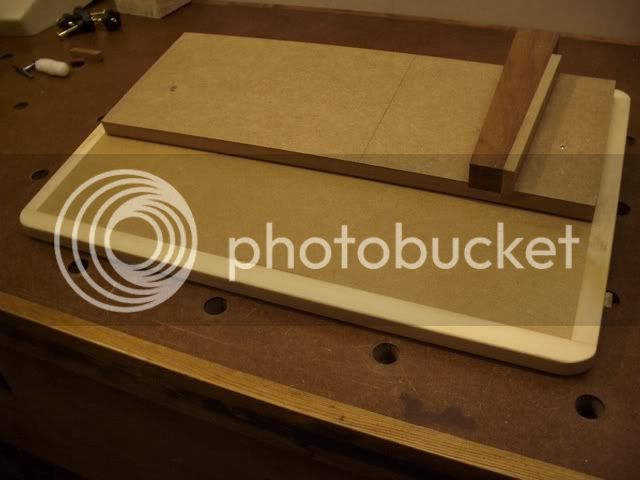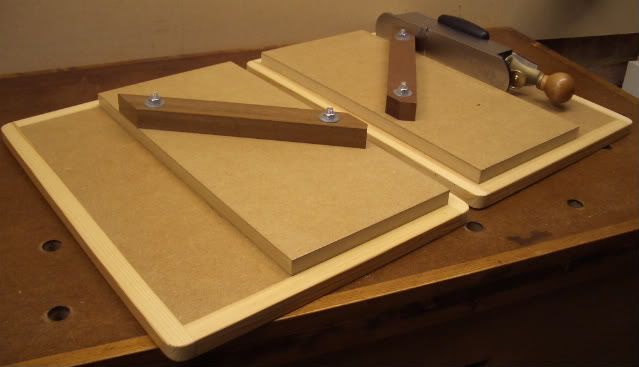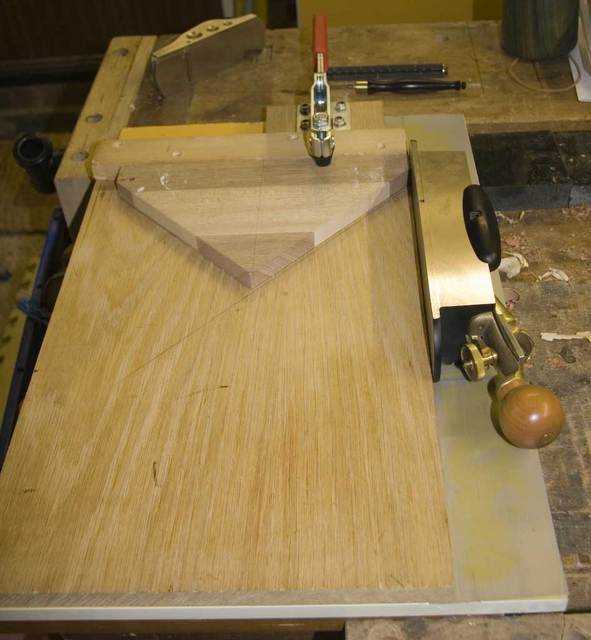disco_monkey79
Established Member
- Joined
- 5 Oct 2009
- Messages
- 677
- Reaction score
- 42
I know this has come up a gazillion times before, and I've been reading through the various threads, but...
Are these available to buy? The reason I ask is that I've got no way of cutting a dead straight edge for the guide piece (hence the need for a shooting board in the first place), otherwise I'd be happy to have a crack at making my own.
Or if anyone has any suggestions for getting that straight edge in the first place.
Also, does it matter what wood is used? I've seen them made out of scrap ply, and also from fancy-looking hardwoods. Obviously, the hardwood will last longer, but des it really matter?
Thanks!
Are these available to buy? The reason I ask is that I've got no way of cutting a dead straight edge for the guide piece (hence the need for a shooting board in the first place), otherwise I'd be happy to have a crack at making my own.
Or if anyone has any suggestions for getting that straight edge in the first place.
Also, does it matter what wood is used? I've seen them made out of scrap ply, and also from fancy-looking hardwoods. Obviously, the hardwood will last longer, but des it really matter?
Thanks!







